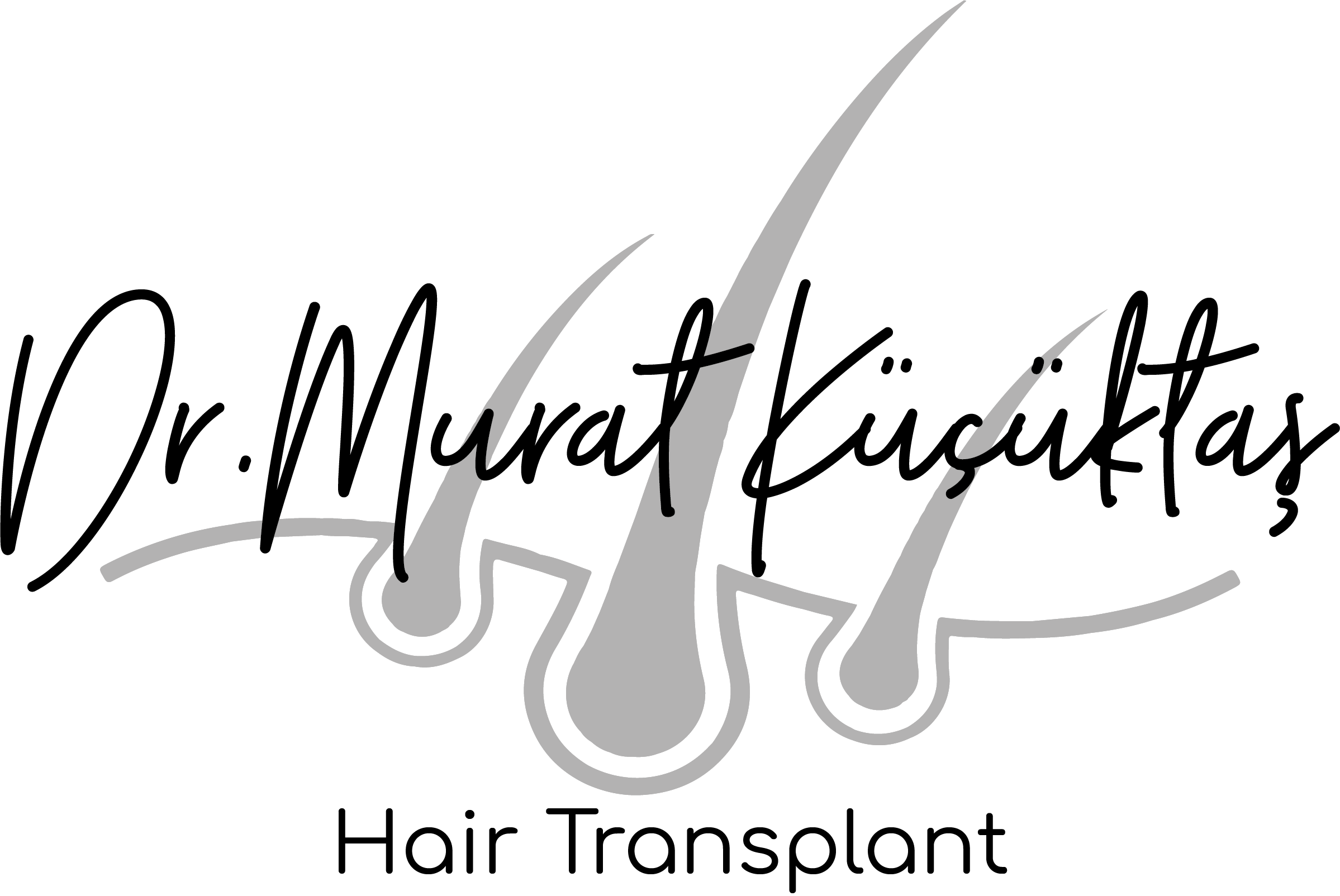
Hair Loss and Treatment
Hair Loss and Treatment, there are nearly 100 diseases that cause hair loss. The most common of these diseases are male pattern hair loss (MPH), female pattern hair loss (FPH) and hair loss, which we call telogen effluvium. The most common causes of hair loss include hormonal imbalance, thyroid disorder, unbalanced nutrition, use of various medications and anemia.
Male pattern hair loss (androgenetic alopecia)
The most common known hair loss and treatment disease is male pattern hair loss. Although it is called male pattern hair loss, it is also common in women. There are two main factors that cause the disease. The first forms the genetic basis. Similar shedding may occur in the family and first-degree relatives. The second main reason is hormonal. It is thought that the main cause of hormonal hair loss is the 5-Alpha Reductase enzyme, which converts the male hormone testosterone into dihydrotestosterone. Dihydrotestosterone (DHT) shows its effect by binding to androgen receptors on hair follicles. DHT causes the life cycle of hair follicles to shorten. With each repetition of the cycle, the hair becomes a little weaker, and as the process is repeated, the hair becomes weaker, thinner and shed.
Hair development is genetically determined before birth. The cause of hair loss is the hypersensitivity of hair follicles to DHT. The higher the ratio of dihydrotestosterone (DHT) to testosterone, the faster the hair loss process. As can be understood from this, male pattern hair loss is not related to the amount of male hormone in the person but to the level of DHT produced.
In this disease, over time, the hair strands become thinner, their colors become lighter, they become sparser, and eventually the hair follicle disappears completely. The fact that the father does not have hair does not mean that his child will also experience hair loss. Hair loss follows a condition caused by the coincidental combination of genes from both parents.
The hairy area between the two ears at the nape of the neck is defined as “permanent hair”. Since these hair follicles have no genetic sensitivity to DHT, they will not shed throughout life. Even in the last stage of male pattern hair loss, there is no loss of hair on the nape and sides. Since the hair in this area is not sensitive to the DHT hormone, they are not affected by the disease.
Instagram: dr.muratkucuktas
